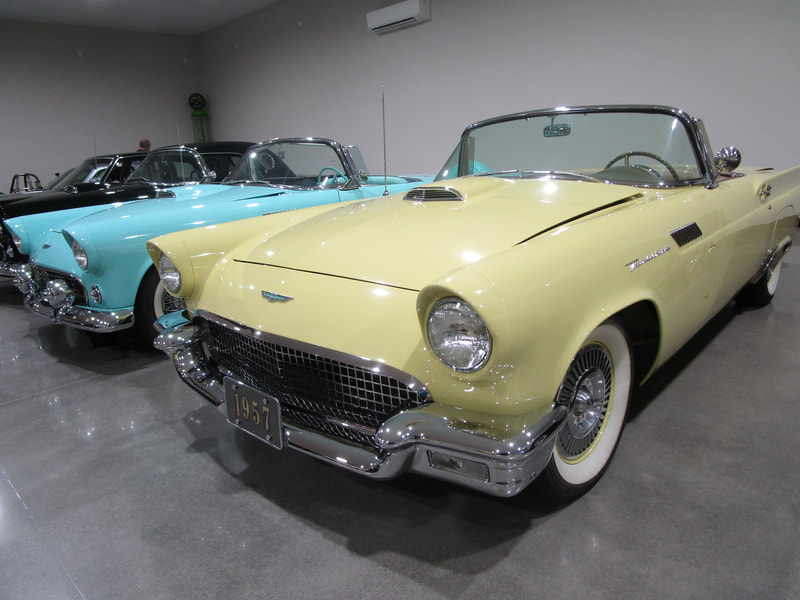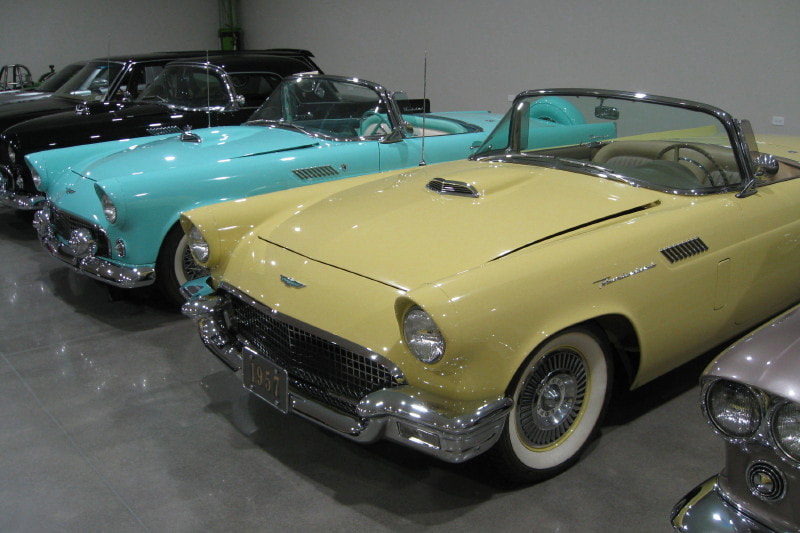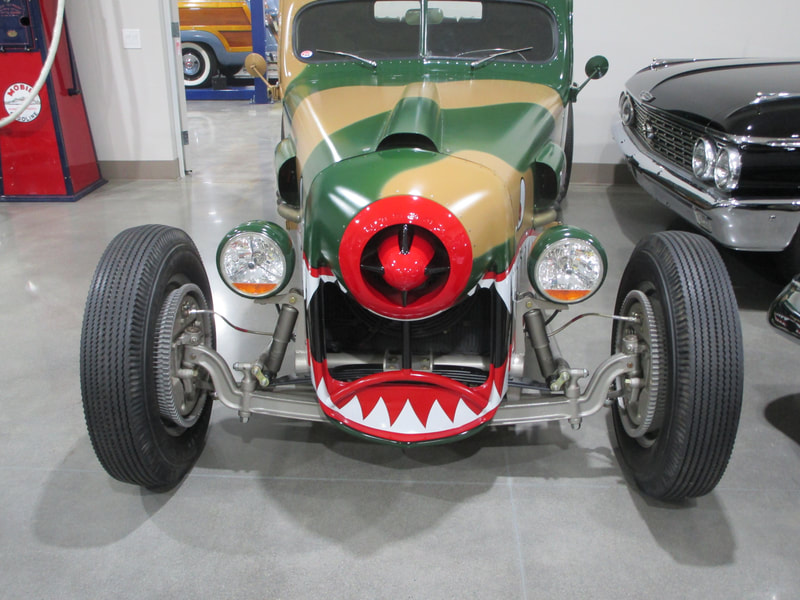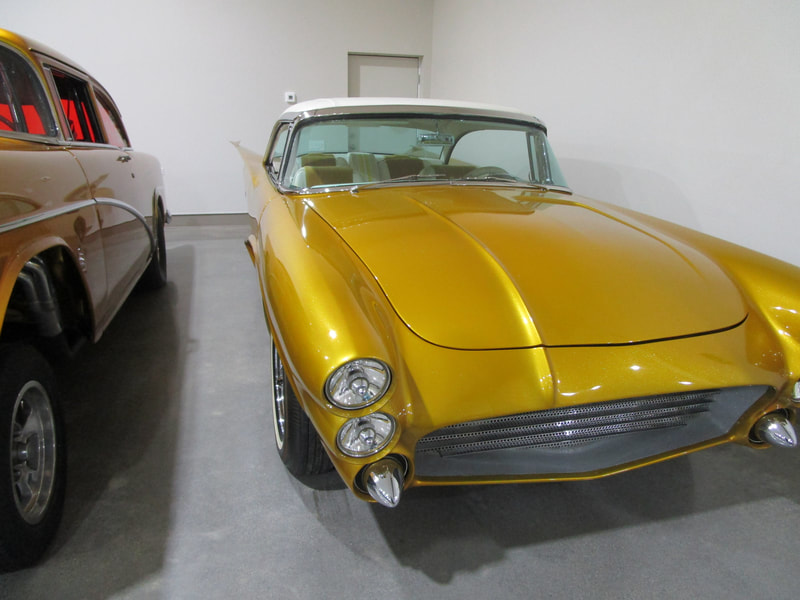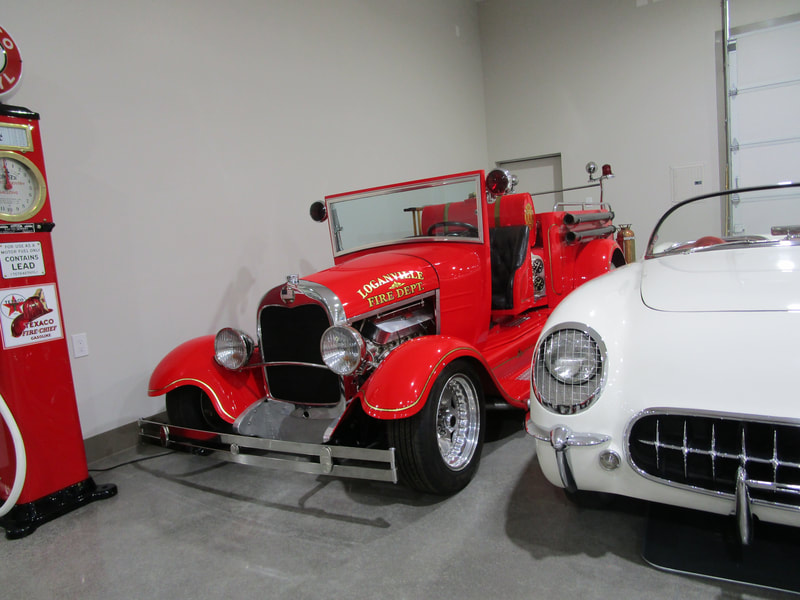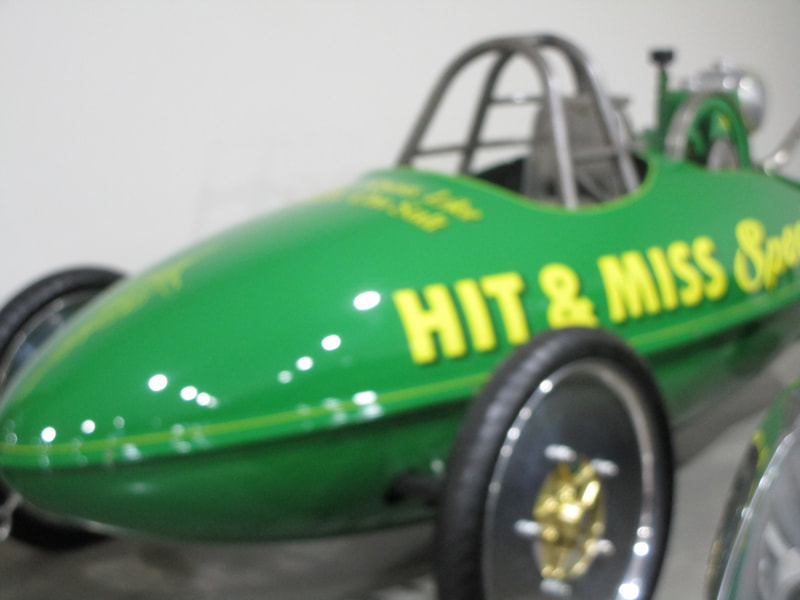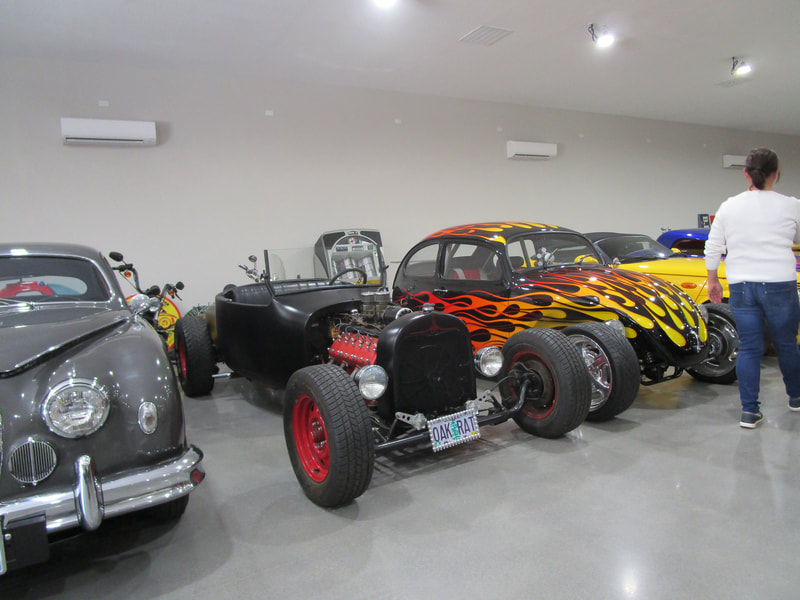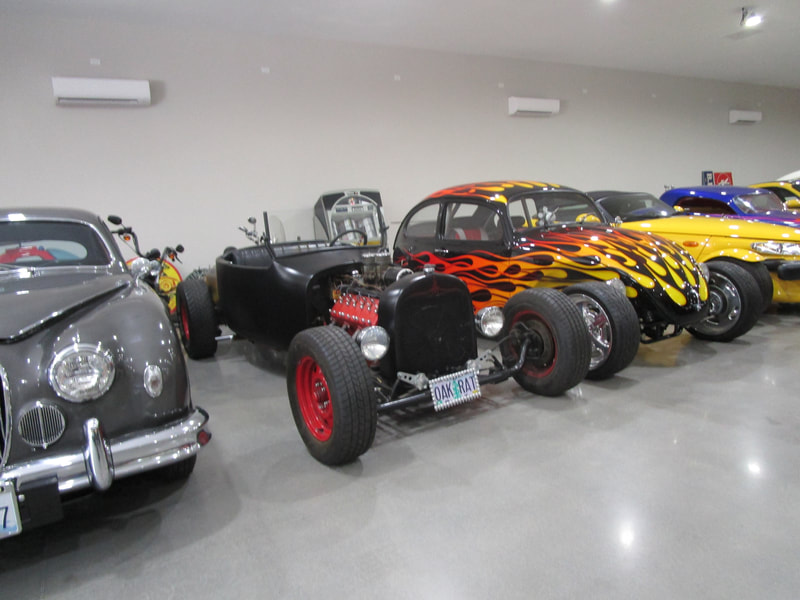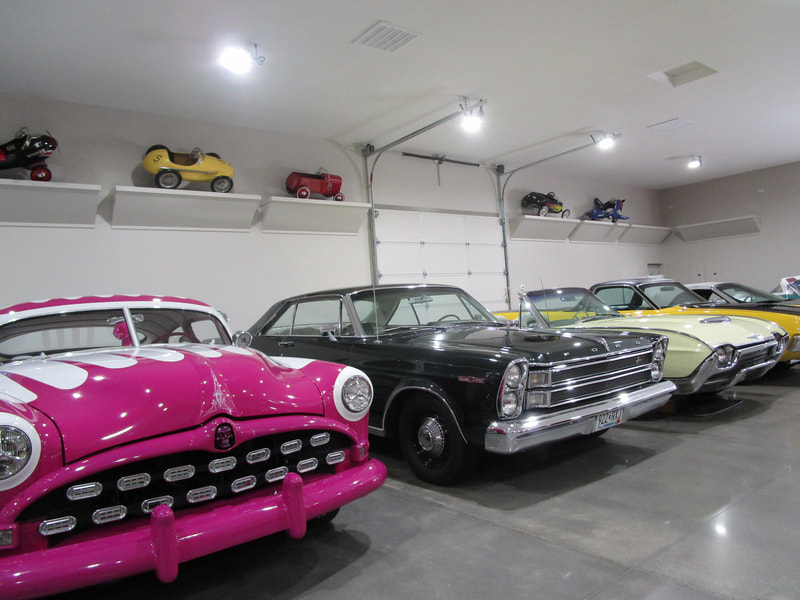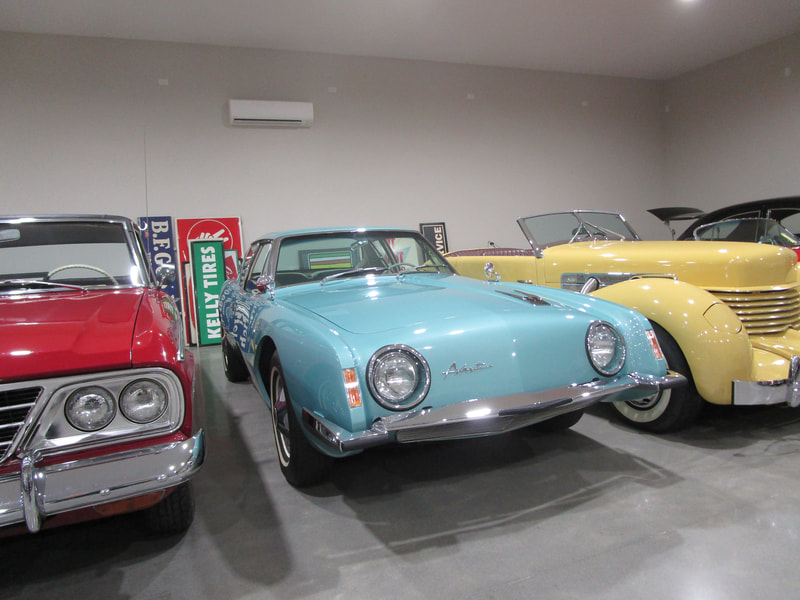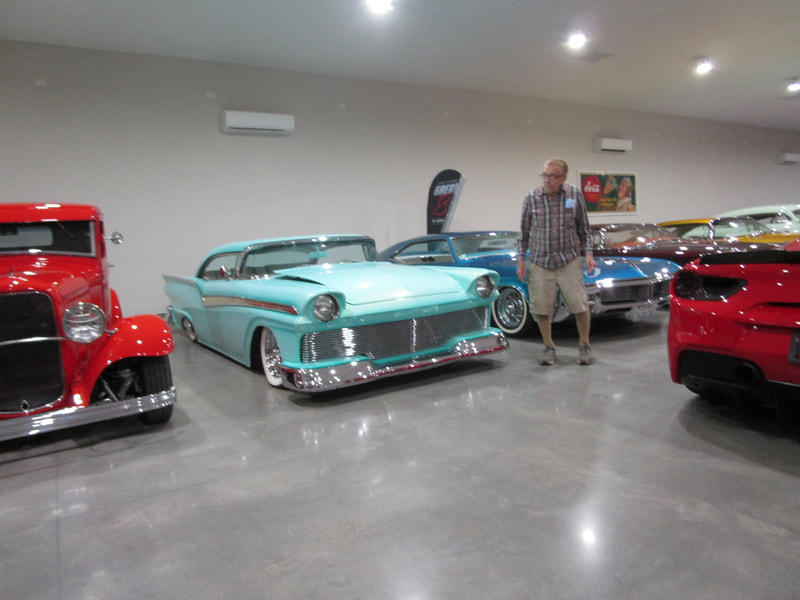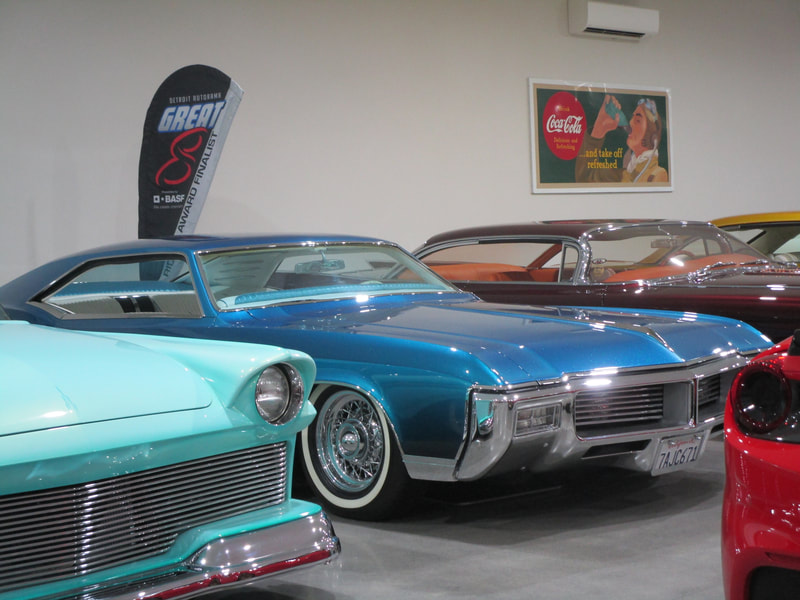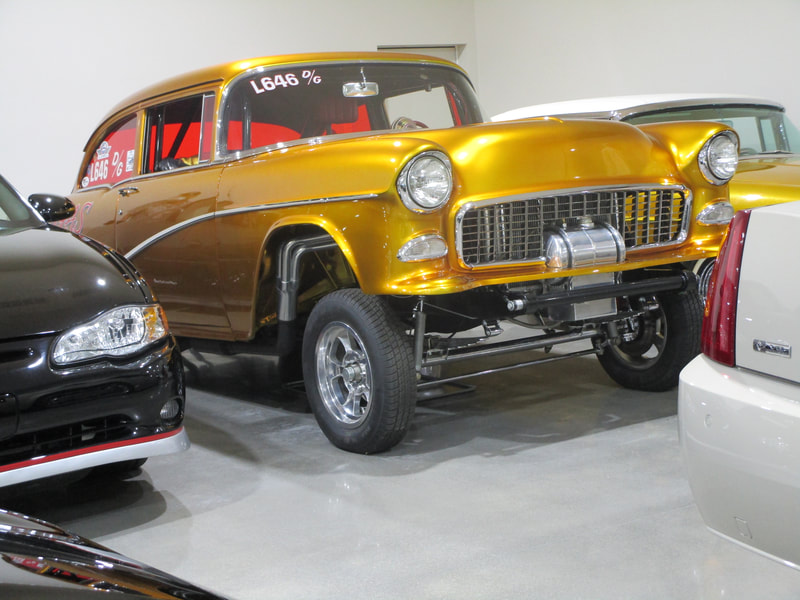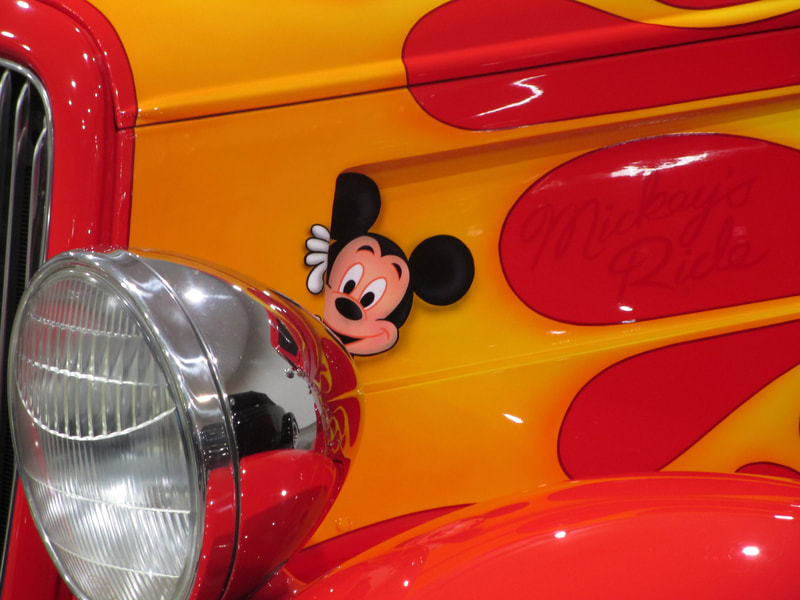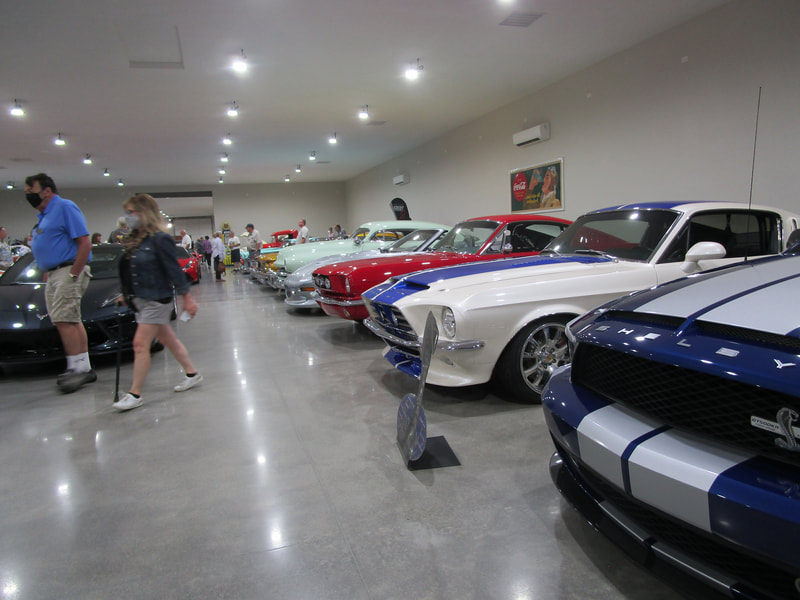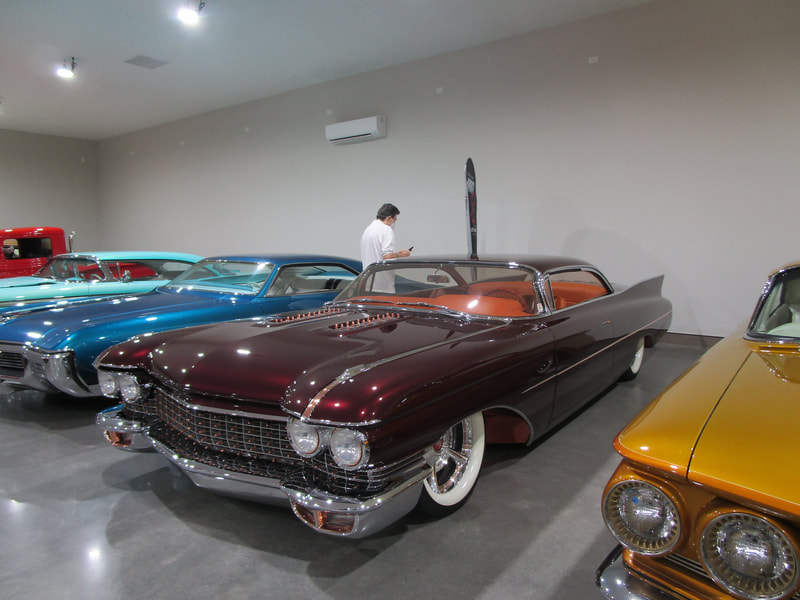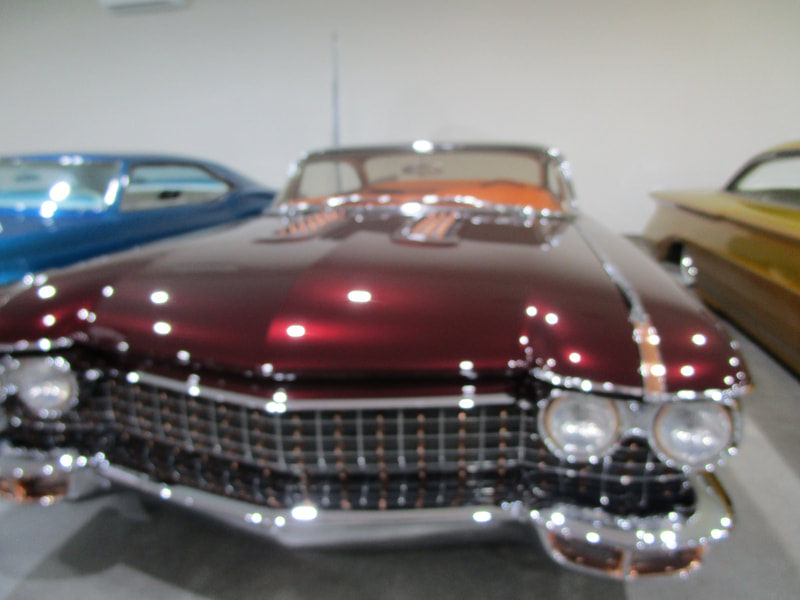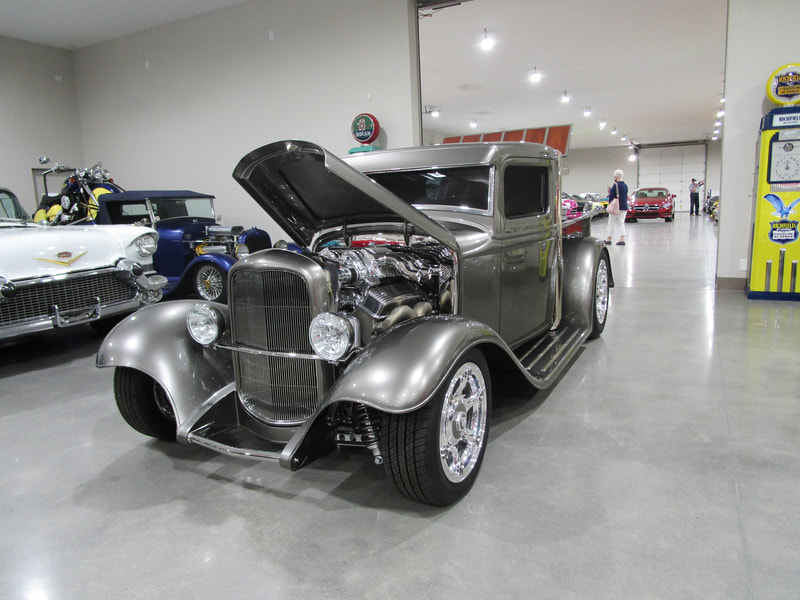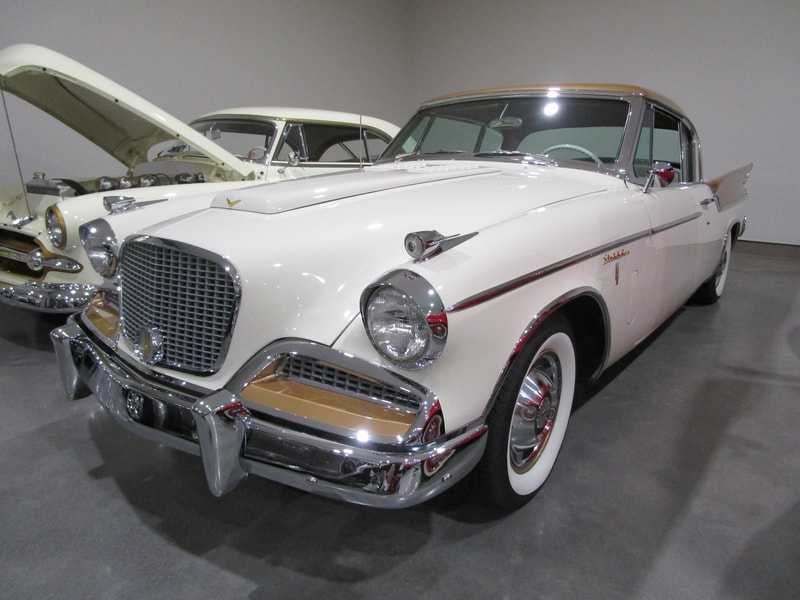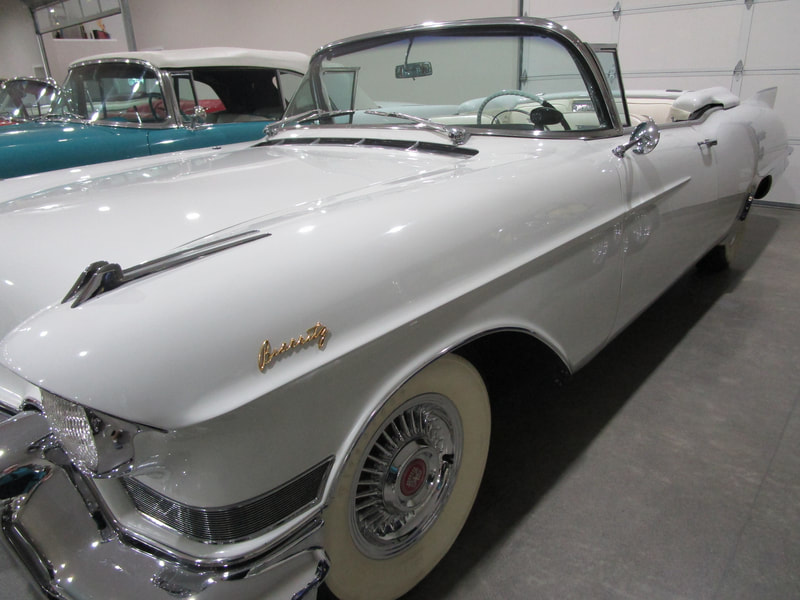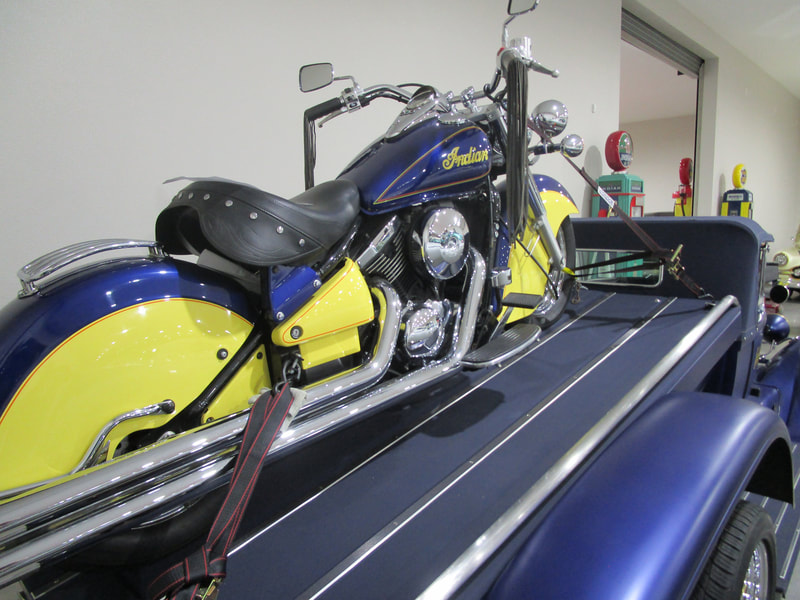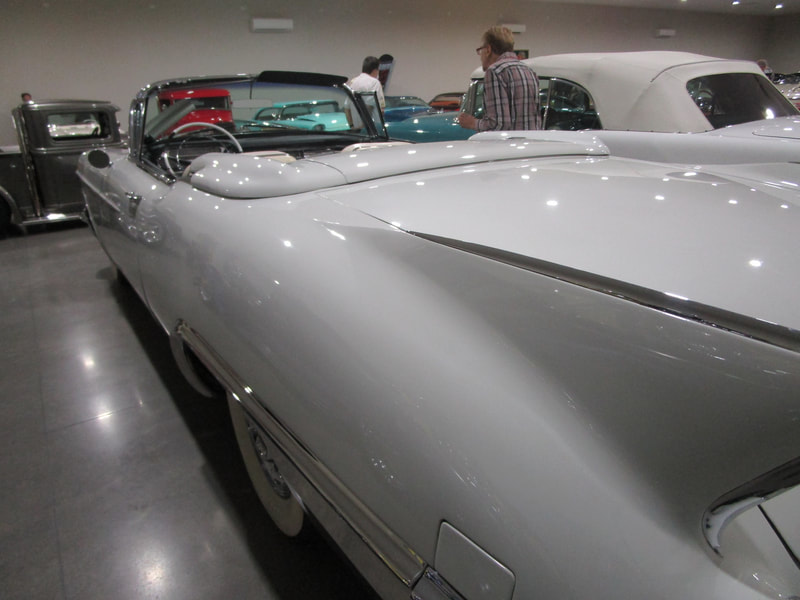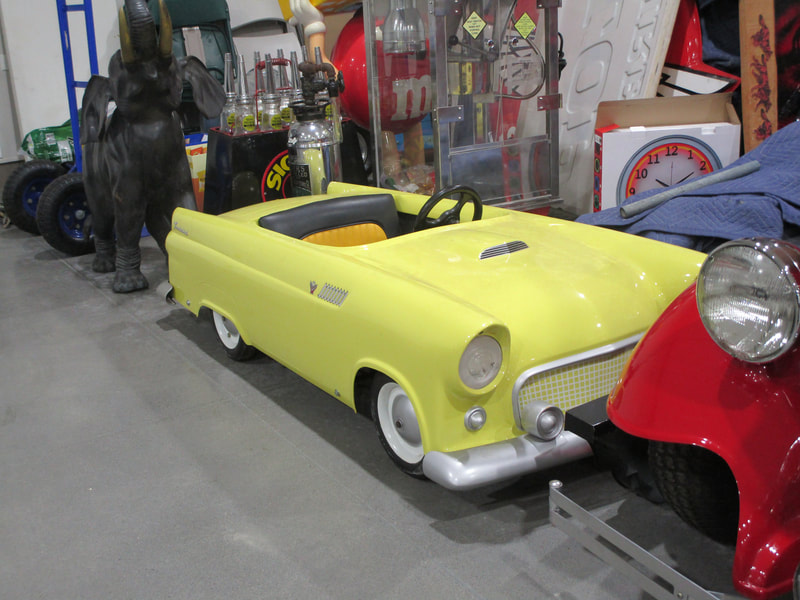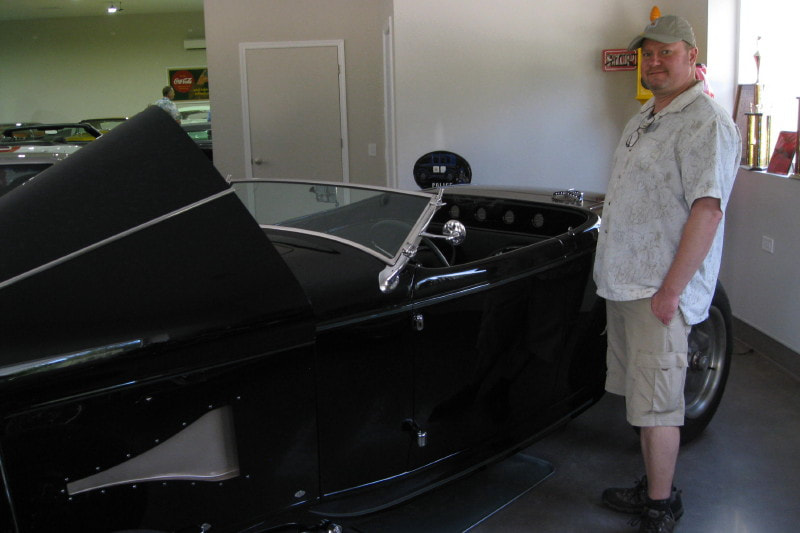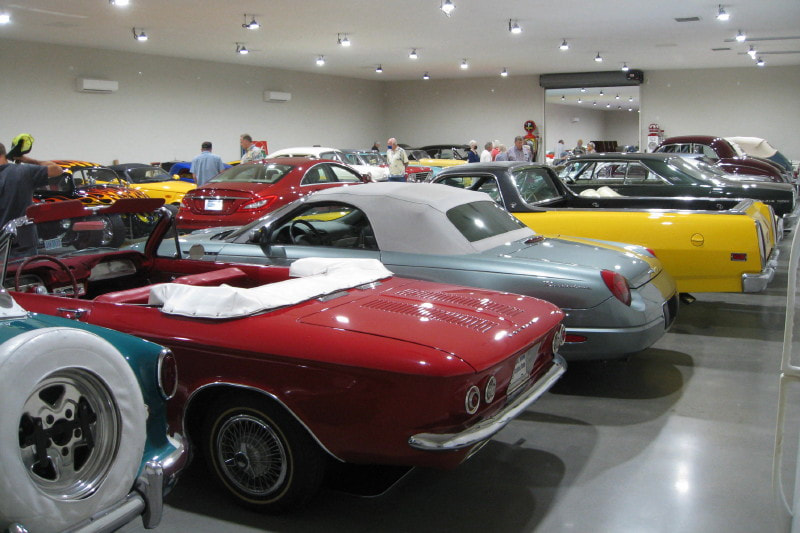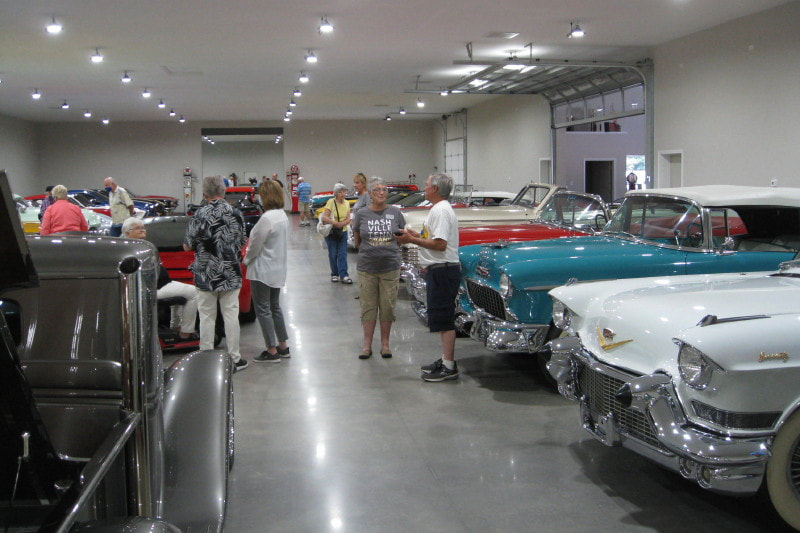- Home
- Our Story
-
Past Events
- Up Coming Events
-
Photos
- June in Sacramento 2023
- As seen at a local Cruise-In
- Prisoners of Time
- 1962 Budd XT Bird
- 1961 Buick Flamingo
- 1916 Gas Prices
- Ford History Video
- Consumer Reports
- Fords of the 1950's
- 57-58 Thunderbird
- Driving to Wichita 2006
- Circus Party at 2008 International Convention
- Working on members' cars
- 1957 Rebuild
- Contact Us
- Join Us
-
Tech Tips
- Preparing for winter storage
- Cooling System >
- Electrical >
- Slide Shows >
- Cleaning Tips
- Valve Adjust tip
- 1955 Shop Manual error
- Turning Rotors
- Welding around Brake Cleaner
- Paint on Chrome
- Wind Wing Glass Removal
- Automatic Transmission Removal
- Arm Protection
- Changing the Fuel Pump
- Rusty Lug Nuts
- Local Parts availability
- Club Store
- Bird Watcher
- Cruise-Ins
- Auto Service Recommendations
Jerry Logan Collection
August 18, 2021
What a wonderful outing! It was a great event for cars and friends, old and new alike. There was the rare sighting of Phil and Claudette Schutz and even rarer sighting of Dave Jensen along with his son. Oleta Sailors was able to join us as was Wendy, her daughter. New members Mike Walsh, and Mark and Karen Sloper fit right in with their love of cars and enthusiasm.
Thanks to John & Oleta’s thoughtfulness and the fact that they had a third scooter, Zane and Diane Clark were able to join us as well. Members caring for members help make this a great club to belong to. Along these lines Bruce Jensen is fighting a bout of pneumonia. Send him a get well tweet.
After a relatively minor error about mileage between the various GPS systems in use from the restaurant to the Hudson road turn we made it to our destination.Then there were the cars! My knowledge of cars is admittedly limited. I can say that there were cars that had been modified so that even some with knowledge were perplexed as to their origin. One that I found interesting was a 1954 Kaiser Darrin (one of 435 produced) whose doors opened by sliding forward inside the wheel wells. Very interesting, but I would have hated a repair bill for any bumps or bangs that hit the front side panels. I believe the earliest cars were from the 1930’s and they ranged right up to today’s Corvettes and Mustangs. All were in pristine condition and a joy to see.
Thanks to Jerry Sharp for arranging this opportunity for the club.
Look forward to seeing folks at our September event.
Ruth Kelley
The photos below were taken by Jim Sweet and John Sailors
This trio of Classic Thunderbirds have a bit of history with other people in the club. Dave Van Winkle did the restoration and paint work on the 1957, his former business partner Fred Hantho did the restoration and paint work on the 1956.
I just really enjoyed the name of this very custom vehicle. Who would think of "Runamucka"?
If you look at the last photo in this set the car is called "1960's Marquis Custom". Jim Sweet found this signage for the car and forwarded it to me. However, I believe that refers to when it was built as it started out life as a 1956 Ford Fairlane. The only things that even resemble the original car are the windshield frame shape, the roofline and the instrument cluster. According to Jerry Logan's employee the rest of the car is 100% hand built. However, the signage says that the rear deck and fenders were from a 1959 Buick. Regardless it is pretty radical for a '56 Ford.
Interesting that the fire engine is from "Loganville". Get it - - Jerry Logan - Loganville
Very, very similar photos for being taken by two different people. Yes, I know the one on the left is blurry, I used it anyway to show how closely Jim and I took a shot of the vehicle. At the very end of this page you will find an article I borrowed from Wikipedia describing how a "Hit & Miss" engine works. Pretty dang unique.
The balance of the photos are below. I'm sure we all had our favorite car in the collection but for me that was an easy pick. Aside from the Thunderbirds I would be all over that Studebaker Avanti and the 1970 Ford Ranchero. I coveted an Avanti back in the 1960's, and for many years I owned a 1970 Ranchero, but I promise you it was no-where near the condition of this one. A close third place I really liked that Lime Green 1957 Ford Farilane. The Mickey Mouse graphics on one of them really caught my eye also.
I'd never know it by looking the the "Indian" motorcycle on the truck isn't an Indian. Jerry Logan told me it is a Kawaski in disguise.
If you really looked close at the engine in the silver/grey Ford pick-up you may have noticed that it is a Y-Block engine just like in our Thunderbirds. However, all of casting marks (part lines, defects etc.) have been ground off of it. That must have taken someone many hours. I'm sure as much detail was given to the inside of the engine.
I'd never know it by looking the the "Indian" motorcycle on the truck isn't an Indian. Jerry Logan told me it is a Kawaski in disguise.
If you really looked close at the engine in the silver/grey Ford pick-up you may have noticed that it is a Y-Block engine just like in our Thunderbirds. However, all of casting marks (part lines, defects etc.) have been ground off of it. That must have taken someone many hours. I'm sure as much detail was given to the inside of the engine.
As promised above here is a brief description of why a Hit-n-Miss engine is called that.
A hit-and-miss engine or Hit 'N' Miss is a type of internal combustion engine that is controlled by a governor to only fire at a set speed. They are usually 4-stroke, but 2-stroke versions were made. It was conceived in the late 19th century and produced by various companies from the 1890's through approximately the 1940's. The name comes from the speed control on these engines: they fire (hit) only when operating at or below a set speed, and cycle without firing (miss) when they exceed their set speed. This is as compared to the "throttle governed" method of speed control. The sound made when the engine is running without load is a distinctive "Snort POP whoosh, whoosh, whoosh, whoosh, snort "POP" as the engine fires and then coasts until the speed decreases and it fires again to maintain its average speed. The snorting is caused by atmospheric intake valve used on many of these engines.
A hit-and-miss engine or Hit 'N' Miss is a type of internal combustion engine that is controlled by a governor to only fire at a set speed. They are usually 4-stroke, but 2-stroke versions were made. It was conceived in the late 19th century and produced by various companies from the 1890's through approximately the 1940's. The name comes from the speed control on these engines: they fire (hit) only when operating at or below a set speed, and cycle without firing (miss) when they exceed their set speed. This is as compared to the "throttle governed" method of speed control. The sound made when the engine is running without load is a distinctive "Snort POP whoosh, whoosh, whoosh, whoosh, snort "POP" as the engine fires and then coasts until the speed decreases and it fires again to maintain its average speed. The snorting is caused by atmospheric intake valve used on many of these engines.

